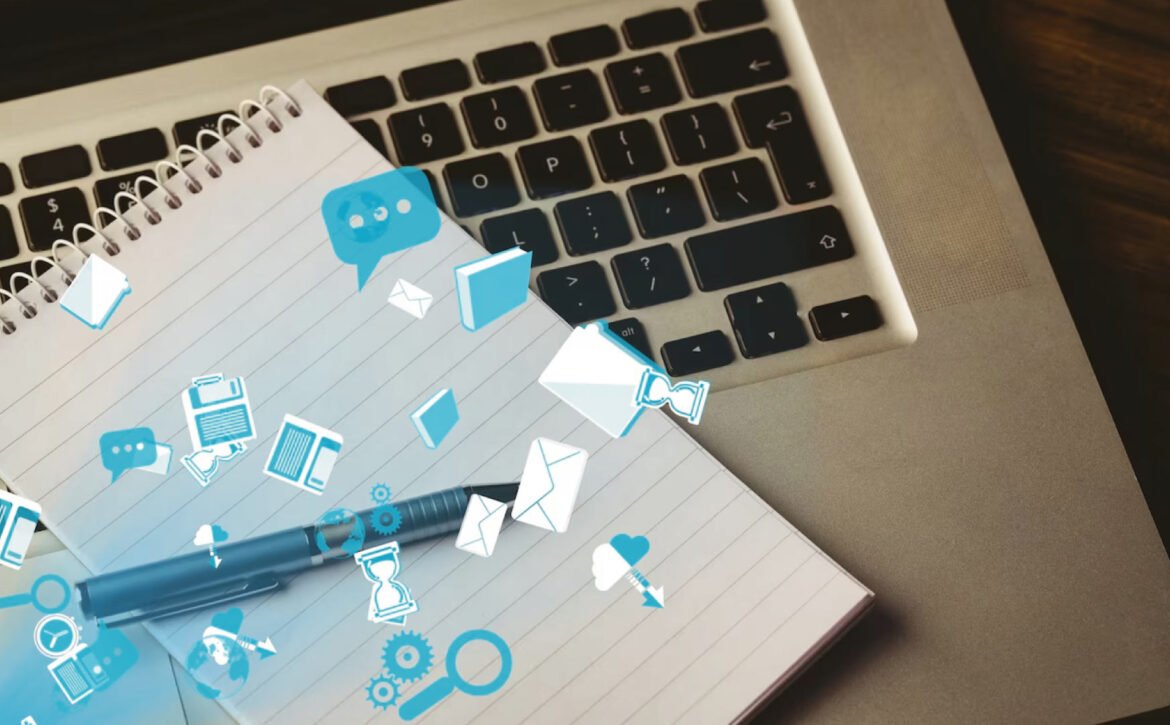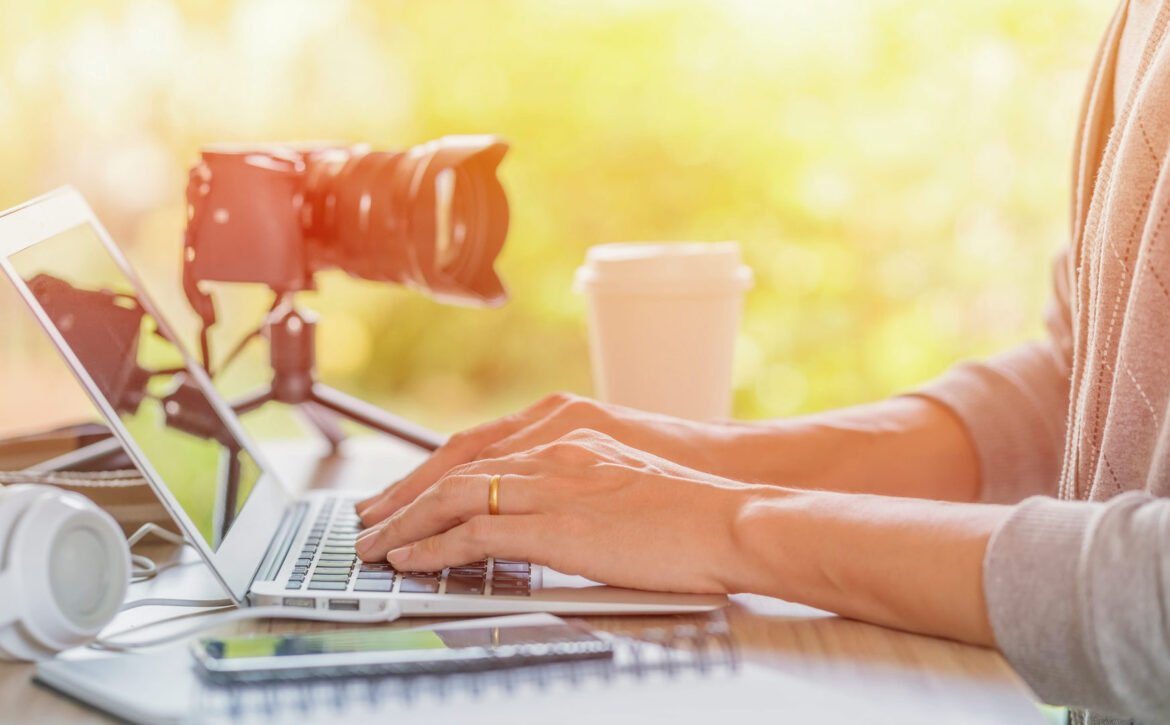Drive Sales with Holiday Content Marketing
Unwrap the power of holiday content! Learn how B2B marketers can drive sales, build loyalty, and create year-round success.
The holiday season is an unparalleled opportunity that businesses can take advantage of to reconnect with their audiences, strengthen relationships, and drive sales. For B2B companies, leveraging a strategic holiday content marketing approach not only boosts year-end revenue but also sets the stage for long-term success.
Explore how content marketing into the holiday season can revolutionize your B2B sales outcomes while each and every piece of content aligns with your overarching goals.
Table of contents
1. Why Holiday Content Matters
2. Building Targeted Holiday Campaigns
3. Creating Content That Converts
4. Optimizing Content for Visibility
5. Integrating AI and Automation for Efficiency
6. Measuring the Impact of Holiday Content
7. Overcoming Common Holiday Pitfalls
8. Sustaining Holiday Momentum
1. Why Holiday Content Matters
For B2B organizations, the holiday season is not just a time for gifting and celebration. It’s an ideal time to solidify relationships, revive dormant leads, and sway buying decisions before budgets reset for the new year.
- Capitalize on Seasonal Sentiments: B2B buyers often have the holidays as a specific annual planning cycle time to make decisions.
- Stay Top-of-Mind: Good holiday content ensures that your brand is front and center of the seasonal noise, increases familiarity, and builds trust.
- Create Long-Term Value: Even solid content marketing during the holidays can build loyalty so that your brand will be considered a key partner for the new year.
How do you make sure your holiday campaigns resonate with the target audience? The key is making hyper-relevant, targeted content that is talking directly to their needs.
2. Building Targeted Holiday Campaigns
Generic content will not work in today’s competitive B2B landscape. To succeed, create targeted campaigns tailored to the audience segments.
- Segment Your Audience: Group your audience by industry, role, and previous interactions with your brand using data analytics.
- Personalize Messaging: Tailor messages to each segment, addressing specific pain points and opportunities relevant to the holiday season.
- Align Content with the Buyer’s Journey: Identify and map content to prospect locations, from blog posts designed to build awareness all the way through case studies intended for the decision stage.
Carefully targeting campaigns will help you develop an interesting connection with your target audience that will ultimately spur action and conversion.
Transition to Content Creation:
Targeted campaigns mean your content creation will now follow that step. The process should ensure that you create converting as well as attention-grabbing content.
3. Creating Content That Converts
Not all holiday content is the same. The most successful ones are those that creatively balance creativity with strategic intent.
- Highlight Seasonal Relevance: Tailor your content so that it has holiday themes to resonate with B2B audiences, like year-end planning guides and holiday-themed webinars.
- Use Storytelling: Share success stories or use cases that showed how solutions helped solve an industry-specific issue.
- Create Action-Oriented Offers: There is nothing that speaks like a limited-time discount, an exclusive holiday bundle, or even a complimentary consultation.
Ultimately, meaningful content isn’t just talking; it’s making. And once you marry storytelling with action calls, that is really where the conversion rate sees the most bump.
Creating compelling content is just the beginning. To maximize its impact, you must ensure that it’s discoverable by your target audience—and that’s where SEO optimization comes in.
4. Optimizing Content for Visibility
Even the best content in the world won’t achieve success if it doesn’t get into the hands of your targeted audience. Strategic optimization ensures holiday content is optimized to drive traffic and engagement.
- Focus on Holiday Keywords: Bring in primary and secondary keywords like “holiday content marketing” and “sales content” across titles, headings, as well as body texts.
- Leverage Seasonal Trends: Create content related to trending holiday queries such as “holiday marketing examples” or “marketing strategies for Christmas.”
- Amplify Through Multiple Channels: Make sure your content goes viral across all possible social media, email campaigns, and industry forums for maximum reach.
SEO optimization ensures that your holiday marketing efforts don’t just resonate with your audience but also rank high on search engines, driving organic traffic to your campaigns.
When you are spreading your content, the management of its reach and engagement efficiently becomes critical. Here is where AI and automation step in as game-changers.
5. Integrating AI and Automation for Efficiency
AI-powered tools can transform your holiday content marketing strategy. They can achieve efficiency at scale with accuracy.
- Automate Content Distribution: Schedule your posts and emails to appear at the most opportune times based on predictive analytics.
- Personalize at Scale: Use AI to deliver the most hyper-relevant recommendations and offers to individual prospects.
- Optimize in Real-Time: Use AI to analyze campaign performance and make dynamic adjustments to your strategy.
By embracing AI and automation, you can simplify your workflows and focus on high-value content that truly delivers the results.
While automation supports greater efficiency, campaign measurement translates every effort into tangible output.
6. Measuring the Impact of Holiday Content
Data-driven insights are important so you know what works best and where there’s potential for improvement.
- Track Engagement Metrics: Monitor the engagement metrics of clicks, shares, and how much time users spent on your content.
- Measure Conversions: Determine the number of leads that turned into paying customers as a direct result of your holiday campaigns.
- Calculate ROI: Quantify the return on investment to justify future content marketing initiatives.
Regular analysis does not only validate your efforts on content marketing but also refines strategies for a greater impact in the future.
Of course, even the best strategies are bound to encounter challenges. Addressing potential pitfalls helps ensure your campaigns remain effective and ethical.
7. Overcoming Common Holiday Pitfalls
Even with a great strategy, holiday marketing is often plagued with problems.
- Avoid Content Overload: Focus on quality over quantity.
- Stay Ethical: Ensure ethical usage of data. Stick to privacy policies.
- Maintain Brand Voice: Themes for holidays are wonderful, but so is maintaining a consistent brand identity.
Anticipate these pitfalls, and you’ll ensure you’re staying on track to keep credibility at an all-time high while ensuring you maximize your campaign effectiveness.
The lessons learned from holiday campaigns can extend far beyond the season. Let’s explore how to sustain this momentum year-round.
8. Sustaining Holiday Momentum
Holiday campaigns do not have to stop with the holiday season. Leverage these insights to inform and power year-round content strategies.
- Repurpose Holiday Content: Turn the winners of the campaign into evergreen resources, like guides or case studies.
- Build on Relationships: Reach out to holiday leads to maintain relationships for long-term partnerships.
- Plan Ahead: Use the data of seasonality to fine-tune your strategy in anticipation of future campaigns.
Leveraging all these successes throughout the holidays can mean generating a perpetual cycle of business growth.
Turning Holiday Content into Year-Round Success
Holiday content marketing is an effective marketing option for B2B to generate sales and tighten its relationships with customers. However, all this works for you when you choose the right target audience to put engaging content up and boost it with optimized visibility and artificial intelligence to improve efficiency.
As you prepare for another holiday campaign, remember that the winning formula is strategic execution and continuous improvement. With the right approach to holiday content marketing, campaigns can become a cornerstone of any B2B sales for years to come.
Visit Our SalesMarkBlog Section to Uncover the Sales Strategies That Ignite Your Sales Journey!











